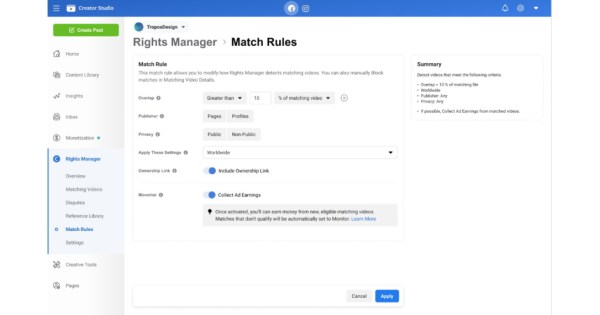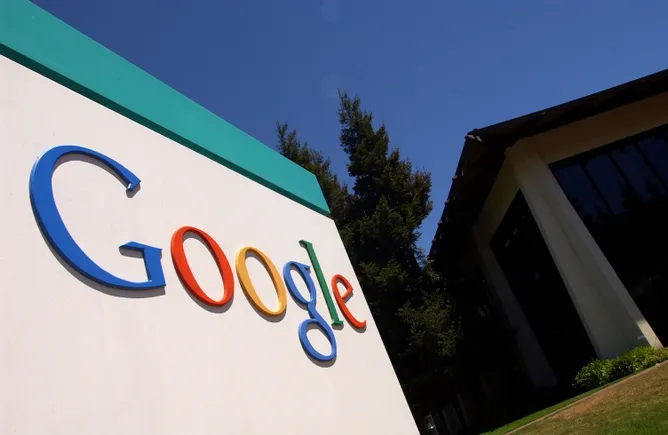In 2024, affiliate marketing will see brand-creator alliances rise, TikTok vs. Amazon competition, programmatic opportunities, and more, says Awin’s global head of content, Rob Davinson.
Affiliate marketing mirrors the broader digital landscape, with trends at the macro level resonating in our microcosm. In 2024, we’ll see emergent trends (artificial intelligence (AI), social commerce and retail media to name just a few) that will impact affiliate marketers.
Here we breakdown the key changes (and challenges) that affiliate marketing is likely to encounter this year, and what they mean for the industry.
1. Brand-creator affiliation will rise amidst social media slowdown
With global digital ad spend growth slowing (Dentsu predicts only 6.5% growth in 2024, after a historically low-growth year in 2023), and social media facing a similar slowdown as new user growth plateaus, brands can combat this by directly partnering with creators, as influencer marketing proves more resilient than paid social.
Major brands like The Body Shop and Walmart are two examples that launched large-scale creator affiliate programs in the last year, tying social awareness to controlled marketing outcomes. We see this trend further developing in 2024, as it not only counters platform-dependent risks, but benefits influencers seeking stable incomes,
Powered by AI
Explore frequently asked questions
Awin’s platform witnessed a surge of registering influencers in 2023 (over 10,000), foreshadowing continued growth in 2024.
2. TikTok vs. Amazon: Affiliate model’s value amid new competition
As major tech giants mature, Amazon transitions from a shopping marketplace to an ad space, while TikTok evolves from entertainment to a product purchasing platform. This encroachment on each other’s territory is likely to intensify competition, with TikTok employing an affiliate-type model, mirroring Amazon’s commerce flywheel.
Both platforms embracing affiliate strategies validates its efficacy. Brands may channel more ad budgets into these tech giants, necessitating a choice between entering new marketplaces or driving traffic to their e-commerce sites.
Opting for the latter requires enhancing the shopper experience, supported by affiliate tech partners, as exemplified by Nike’s livestream shopping collaboration with Contester, enhancing the Cyber period with engaging content on their site.
3. Programmatic challenges will propel affiliate ad spend growth
In 2023, the programmatic ad industry faced serious challenges, as reported in the ANA’s Programmatic Media Supply Chain Transparency Study. Among its findings was the fact that there is $22bn of wastage from the $88bn programmatic supply chain.
Advertisers often grapple with misaligned incentives, prioritizing cost over value, resulting in diminished ad quality. In contrast, affiliate marketing’s performance model, linking ad spend to tangible outcomes like sales, proves more valuable.
It says a lot that global spend in affiliate marketing last year is estimated to be around $14bn, a third less than was wasted in programmatic. As senior marketers consider their budgets this year, the data suggests affiliate marketing should garner greater consideration for its effectiveness.
4. News and media publishers will leverage affiliate commerce content
In 2024, with a record number of global elections, including the US presidential election and 40 national elections, political interest will drive traffic to news media sites.
Despite heightened ad spend forecasts, news publishers may not see increased income due to past challenges with programmatic display ads. Affiliate channels offer a solution for publishers facing declining ad monetization and brand blocklisting.
Additionally, major sporting events like the European Football Championships and the Olympic Games in Paris promise increased traffic, creating opportunities for affiliate efforts to offset ad revenue challenges and enhance the value of journalism amid growing demand.
5. AI revolution in search will pose a threat to affiliate longtail
When it comes to online, the significance of high Google search rankings has been paramount. As the old adage (meme caption) goes: “The best place to hide a dead body is page 2 of Google’s search results.”
Google’s search console, shaping our online information-seeking behavior for two decades, faces challenges from Google’s monetization motives and emerging AI-powered search consoles, like ChatGPT. These AI consoles provide instant answers, diminishing the reliance on external links and altering the traditional internet ecosystem.
Google’s Search Generative Experience (SGE) introduces AI-generated responses, potentially reducing organic traffic to publisher websites. Publishers face limited options – allow crawling for SGE or risk exclusion from Google search. SEO adherence to E-E-A-T values becomes crucial for publishers navigating this transformative shift, emphasizing the affiliate industry’s need to adapt and maintain audience-centric effectiveness.
6. Travel resurgence will inspire pop culture-inspired trips and affiliate growth
While some predicted its near-extinction after the 2019 lockdown, the travel industry is booming as we begin 2024.
IATA predicts that this year will exceed 2019’s travel record, with 4.7 billion people expected to board airlines in 2024. Awin observes a surge in affiliate-driven travel bookings, a trend set to continue as consumer confidence rises, airline capacity grows, and major events drive demand.
Expedia and Amadeus foresee a significant year for experience-based tourism (think set-jetting and music festivals). Affiliates play a crucial role in the complex shopper journey, offering inspiration, comparisons, and personalized options.
Brand partnerships, where one advertiser promotes another complementary one as part of the customer’ booking experience, thrived in 2023. Travel brands are well set to capitalise on this growth with lots of potential match-ups from other brands keen to tap into consumers’ resurgent appetite for travel.
7. As cheap fashion challenges sustainability efforts, green affiliates will emerge
Despite Cop28’s pivotal agreement to shift from fossil fuels, inertia persists around climate change. In 2024, the rise of ultra-fast fashion platforms like Shein and Temu, fueled by the TikTok trend of buying cheap dupes, contributes to growing landfill fashion.
Even impacting Amazon, Teemu users spend nearly double the time compared to Amazon, prompting the e-commerce giant to lower fees for clothes under $20. However, some affiliates continue to promote mindful consumer choices innovatively. Examples include Refoorest, planting trees for site visits, and Axon Mobile incentivizing eco-friendly commuting. And another new promising solution for 2024 is spearheaded by Birl, who are introducing the circular economy to e-commerce through their smart resale system.
Visit Awin to discover more market insights and trends.
Suggested newsletters for you
Catch up on the most important stories of the day, curated by our editorial team.
See the best ads of the last week – all in one place.
Learn how to pitch to our editors and get published on The Drum.












